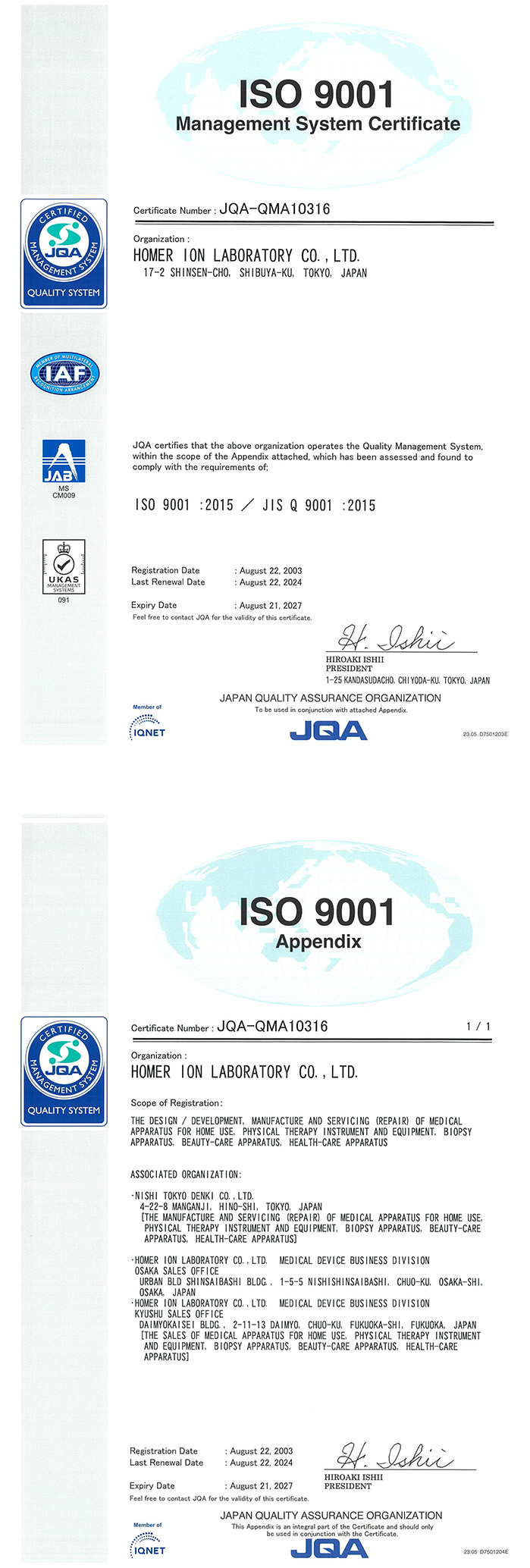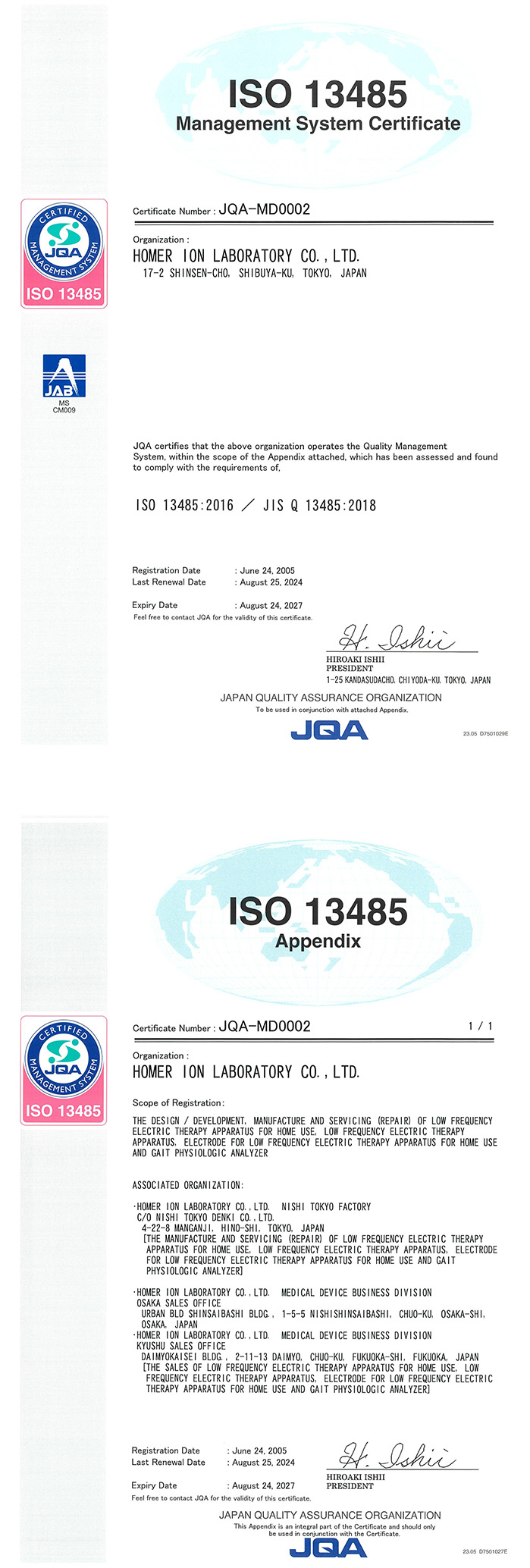

Evidence and Practice Based on Clinical Guidelines
Introduction
The importance of exercise therapy in dialysis patients has gained increasing attention in recent years. While chronic kidney disease (CKD) patients can sustain life through dialysis, they are at elevated risk of sarcopenia, cardiovascular disease (CVD), and reduced health-related quality of life (HRQOL). This article explores the evidence and key practice points of exercise therapy in dialysis patients, focusing on the keywords: “dialysis,” “exercise,” and “guidelines.” Significance of Exercise Therapy in Dialysis Patients Dialysis patients often exhibit reduced physical activity levels due to the prolonged nature of dialysis treatment. However, properly prescribed exercise therapy can yield the following benefits:
Improvement in Muscle Strength and Endurance
Due to a high risk of sarcopenia, dialysis patients benefit from both resistance training and aerobic exercise to maintain muscular strength.
Reduction in Cardiovascular Risk
Moderate-intensity exercise contributes to blood pressure regulation and suppresses the progression of atherosclerosis.
Enhancement of Quality of Life
Improved physical capacity through exercise leads to better performance of activities of daily living (ADLs).
Recommended Exercise Therapies for Dialysis Patients
Based on the Guidelines for Renal Rehabilitation by the Japanese Society of Renal Rehabilitation, the following types of exercise are recommended:
1. Aerobic Exercise
Recommendation: 3–5 times per week, 20–40 minutes per session of low- to moderate-intensity exercise (e.g., walking, cycling)
Expected Outcomes: Improved cardiopulmonary fitness, stabilized blood pressure, enhanced dialysis efficiency
2. Resistance Training (RT)
Recommendation: 2–3 times per week, 10–15 repetitions per set at 40–60% of one-repetition maximum (1RM) (e.g., squats, leg press)
Expected Outcomes: Maintenance and enhancement of muscle mass, reduced fall risk, improved insulin sensitivity
3. Flexibility Exercise (Stretching)
Recommendation: At least 3 times per week, static stretching of each muscle group for 15–30 seconds Expected Outcomes: Maintenance of range of motion (ROM), decreased muscle stiffness, improved exercise performance
4. Intradialytic Exercise
Exercise during dialysis sessions, such as leg presses, cycling (pedaling), and electrical muscle stimulation (EMS), is encouraged. These can contribute to improved dialysis clearance and reduced hemodynamic stress.
Precautions for Exercise Therapy in Dialysis Patients
When prescribing exercise to dialysis patients, the following precautions must be taken:
Risk of Hypotension
Exercise during or immediately after dialysis may induce intradialytic or postdialytic hypotension. Careful fluid volume management is essential.
Protection of Vascular Access
Avoid excessive loading on the arteriovenous fistula (AVF) or catheter sites, especially on the upper extremities.
Management of Protein-Energy Wasting (PEW)
Due to the high risk of malnutrition, exercise therapy should be accompanied by appropriate nutritional management.
Conclusion
Exercise therapy in dialysis patients offers multiple benefits, including preservation of muscle strength, reduction of cardiovascular risk, and enhancement of quality of life. Based on the latest guidelines, incorporation of structured aerobic and resistance exercise is strongly recommended. However, careful risk assessment and collaboration with healthcare professionals are critical to safe and effective implementation. Exercise therapy should be tailored to the individual patient, ensuring both safety and sustainability.
References
1.Johansen KL, Painter P. “Exercise in Individuals With CKD.” American Journal of Kidney Diseases. 2012; 59(1):126-134.
2. The Japanese Society for Renal Rehabilitation . “Clinical practice guideline for renal rehabilitation”

